
This randomised controlled trial compares atraumatic restorative treatment in older patients to conventional care finding no statistically significant difference at 2 years.
[read the full story...]
This randomised controlled trial compares atraumatic restorative treatment in older patients to conventional care finding no statistically significant difference at 2 years.
[read the full story...]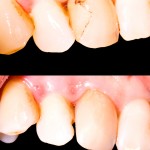
This review of direct anterior restorative materials included 21 studies and covered a wide range of materials and adhesive systems. Overall the failure rates were low for both class III and class IV restorations.
[read the full story...]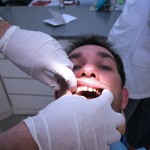
Non-carious cervical lesions (NCCLs) are saucer or wedge-shaped defects that appear along the cementum-enamel junction as a result of gradual loss of dental tissues in the absence of caries. Their aetiology has not been fully clarified. NCCLs are restored using adhesive materials glass-ionomers and their resin-modified version, poly-acid modified composites (known as ‘compomers’), composite and [read the full story…]
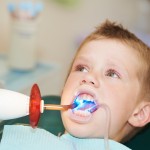
There is good quality review evidence (Ahovuo-Saloranta et al. 2013) that resin-based fissure sealants are effective at preventing or controlling occlusal caries. The aim of this trial was to assess whether sealing first permanent molars with fluoride releasing compounds reduced the caries increment on the distal surface of the second primary molars. Children with at [read the full story…]

The aetiology of non-carious cervical lesions (NCCLs) has not been fully clarified but they are characterised by a slow and gradual loss of mineralized dental tissue in the absence of dental caries. This results in a saucer or wedge-shaped defect that appears along the cementum–enamel Junction. The aim of this review was to assess the [read the full story…]

The proportion of older people in the population is rising and because of improvement in oral health more of them as retaining their teeth. Consequentially more people in this age group will have more teeth at risk of caries. Dental service utilization is also lower in older age groups and chronic medial conditions; poly-pharmacy, frailty [read the full story…]

Atraumatic restorative treatment (ART) involves the removal of so softened carious enamel and dentine with hand instruments and filling the cavity with a adhesive restorative material. Typically this is a high-viscous glass ionomer cement (GIC). This approach was about 25 years ago to provide care in less industrialised areas with high disease levels but is [read the full story…]

Two new critical summaries are now available at the ADA-EBD site The first one is of a 2011 review by Yengopal and Mickenautsh; The aim of the review was to assess whether resin-modified glass-ionomer cement (RM-GIC) offered a significant caries-preventive effect compared with resin-based composite (RBC)? The appraiser generally considers the review to be well [read the full story…]
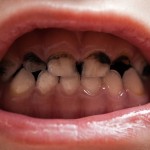
There has been a recent surge of interest in use of sliver-fluoride regimens for caries control as sadly dental caries is still a significant problem worldwide. The aim of this trial was to compare the effectiveness of annual topical application of silver diamine fluoride (SDF) solution, semi-annual topical application of SDF solution, and annual application [read the full story…]
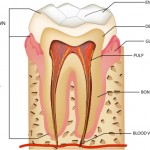
This new critical summary from the ADA-Center for Evidence Based Dentistry looks at a 2010 review from Mickenautsch et al. The aim of that review was to compare the pulpal responses to resin-modified glass ionomer cement (RM-GIC) and calcium hydroxide when placed in deep cavities. The review only included six trials (one randomized and five [read the full story…]